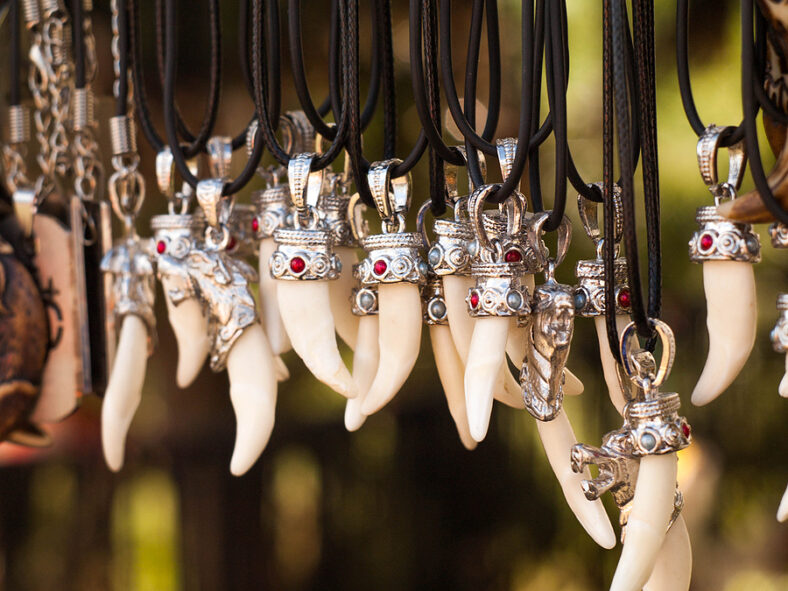Jewellery has long been a symbol of beauty and elegance, but beneath the shimmer and shine lies a world rich in history and cultural significance. Each piece tells a story, often rooted in ancient traditions and beliefs. This exploration will delve into nine such traditional jewellery items, revealing the intriguing hidden meanings behind their creation and use.
The Symbolism of Bone Carving Necklaces
Among the myriad of traditional jewellery, the handcrafted bone carving necklace stands out for its unique blend of artistry and ancestral connection. Originating from various cultures, these necklaces are more than mere adornments; they are symbols of strength, spirituality, and a deep connection to the Earth. Carved from animal bones, each piece holds a special meaning, often related to the animal from which it was sourced. These necklaces are not just fashion statements; they represent a link to the past and a respect for nature’s gifts.
Beaded Bracelets: More Than Just Colourful Ornaments
Beaded bracelets, often seen as simple accessories, carry significant cultural weight. In many societies, the colours and patterns of the beads are deeply symbolic, representing everything from social status to spiritual protection. These bracelets serve as a vibrant reminder of the community and individual identity.
The Protective Power of Amulets
Amulets, often worn as necklaces or bracelets, are believed to offer protection against negative energies or events. In various cultures, these objects are imbued with spiritual or magical powers, making them essential accessories for both everyday life and special ceremonies.
Rings: Symbols of Eternity and Commitment
Rings, especially those exchanged during wedding ceremonies, are universally recognised symbols of love and commitment. Beyond this, they also represent eternity and wholeness, their circular shape symbolising a never-ending cycle. Different cultures attribute various meanings to rings, making them a fascinating study in symbolism.
The Mystique of Headdresses
Traditional headdresses, often elaborate and intricately designed, are powerful symbols of status, power, and cultural identity. They are used in ceremonies and rituals, each element and motif representing specific meanings and stories.
Earrings: A Connection to the Divine
Earrings, in some cultures, are believed to maintain a connection between the physical and spiritual worlds. They are often used in religious ceremonies, symbolising a link to the divine or a means to receive spiritual guidance.
Pendants: Carriers of Personal and Cultural Stories
Pendants, often intricately designed, serve as carriers of personal and cultural stories. They can symbolise anything from personal achievements to ancestral lineage, making them deeply personal items.
The Importance of Nose Rings in Various Cultures
Nose rings, popular in many cultures, are not just decorative. They often signify marital status, social position, or even a rite of passage. The significance of nose rings varies widely across cultures, making them an intriguing subject of study.
The Role of Anklets in Cultural Expression
Anklets, commonly worn on the feet, hold various meanings. In some cultures, they are symbols of marital status or maturity, while in others, they are merely decorative. The sound they make when worn can also have cultural significance, sometimes intended to attract attention or ward off negative energies.
Jewellery as a Window to the World
Jewellery, in its myriad forms, offers a fascinating glimpse into the beliefs, values, and traditions of different cultures. From the handcrafted bone carving necklace to the jingle of an anklet, each piece holds a story, a piece of history, and a symbol of identity. Understanding the meanings behind these traditional pieces enriches our appreciation of them, not just as ornaments but as vital links to our collective human heritage.
For a deeper understanding of the cultural significance of jewellery, one might explore historical origins of traditional jewellery designs, providing insight into how these artifacts have shaped and been shaped by human history. This exploration not only broadens our knowledge but also deepens our connection to the past and to each other.

Leave a Reply